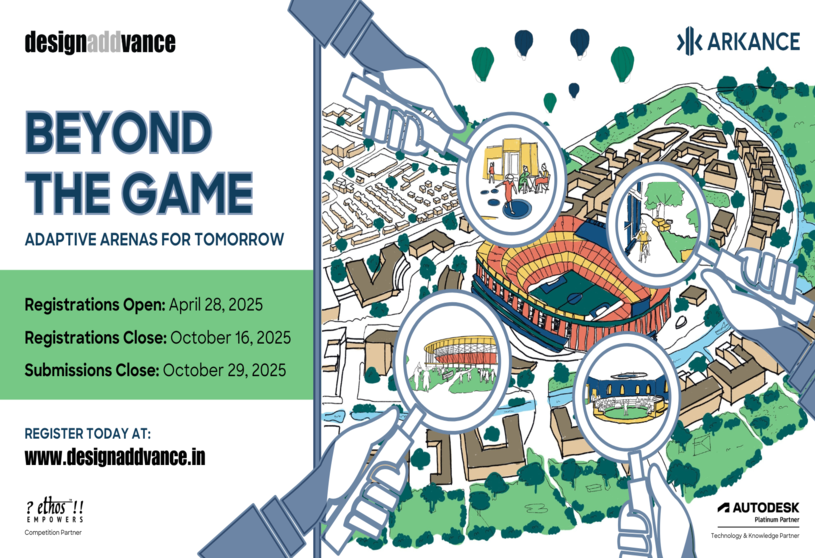The 21st century began with great promise and ambition, but now we stand at a crossroads. Humanity has achieved remarkable feats, such as exploring distant planets, transforming healthcare, and advancing artificial intelligence and robotics. However, global events have tested our societies and systems, leading to denser urban spaces and rural areas becoming obscurities. Deep-rooted challenges persist, often ignored. The world is experiencing unprecedented demographic growth and urbanization, which often leads to poor planning of infrastructure and lack of sanitary consciousness. Rural areas in developing countries face problems such as water pollution, high waterborne diseases, and high healthcare costs due to poor sanitation facilities. The time has come to rethink living and act before irreversible damage is done.
Open defecation and urination are prevalent in urban and rural areas of developing economies, posing a significant health risk. The World Health Organization and UNICEF link open defecation to poverty, malnutrition, child mortality, and large disparities between the rich and poor. Inadequate water, sanitation, and hygiene cause around 3.5 million deaths annually, with poor sanitation being the main cause. Therefore, an integrated approach to public health services is urgently needed to address these issues.
OPPORTUNITY
The Little Big Loo – Rethinking Public Toilets seeks innovative solutions to address the perception of public toilets. The proposed design can be recreational, educational, or social, creating value for the surrounding community. The space should be seen as a key component in a holistic community development, ensuring competence in social, economic, and educational terms. The goal is to disrupt the overall outlook towards public washrooms and create a more efficient public utility.
“We shall not defeat any of the infectious diseases that plague the developing world until we have also won the battle for safe drinking water, sanitation, and basic health care.”- Kofi Annan Nobel Peace Prize laureate, Secretary-General of the United Nations 1996-2006
CHALLENGE
Participants should unlearn how a conventional public toilet looks like and design an innovative, functional and visually appealing design that serves as a building icon, synchronizing with the surrounding context.
The primary use of the designed structure should be as a public toilet. Alongside this, the structure should be innovatively designed as a space for community interaction, in addition to its primary function. The space should be additionally visualized as a recreational/ educational/ social/ urban functional area.
The total area of the space should not exceed 150 sq.mt. All age groups of the demography should be able to use the space.
The additional space aspect of the toilet should add value to society and the site’s context. The design should be efficient in terms of planning, hygiene, odour-free surroundings and space usage. The designed toilet should be accessible, comfortable/ convenient to use.
The design intervention should be aimed to address the efficiency of public restrooms, their sanitary facilities, spatial distribution and mainly, privacy and comfort, which ultimately improve peoples’ lives.
The design can act as a module, which can be replicated in different areas similar to the site context chosen. The design should be capable of catering a footfall of 250-500 people.
“Sanitation is more important than independence.”- Mahatma Gandhi (Indian nationalist leader)
SITE SELECTION
Participants can select a site in an urban OR a rural context. There can be an emphasis on deprived locations, irrespective of the site being in an urban or rural area.
The site should be carefully placed to accommodate the number of footfalls (circulation in transit hours must be considered). It must be justified with the need for sanitation services.
AWARDS
Prizes of total USD 4500, broken down as follows:
1st Prize: USD 2000 + Certificate + Publication
2nd Prize: USD 1200 + Certificate + Publication
3rd Prize: USD 800 + Certificate + Publication
Student Award: USD 500 + Certificate + Publication
10 Honourable mentions: Certificates
Winners and Honourable Mentions will be published on Volume Zero website and several international architecture and design magazines.
To show our appreciation, all the participants will receive a participation certificate.
SCHEDULE
Early Bird Registrations: 18th June 2025 to 22nd August 2025
Standard Registrations: 23rd August 2025 to 3rd October 2025
Last day for queries: 26th September 2025
Closing date for Submissions: 30th October 2025
Announcement of winners: 23rd December 2025
ELIGIBILITY
Little Big Loo 2025 – Architecture Competition is open to all. We invite architects, students, engineers, product designers, thinkers, companies, organizations, and everyone interested in the mission of the competition to submit their ideas. No professional qualifications are necessary.
To join this competition, register with us on: https://bit.ly/40dCsMV
REGISTRATION FEES
Early Bird Registrations:
Participants from India – 2700+18% GST = INR 3186 (per team)
Participants from Other Countries – 80 + 18% GST = USD 94.4 (per team)
Standard Registrations:
Participants from India – 3200 + 18% GST = INR 3776 (per team)
Participants from Other Countries – 95+ 18% GST = USD 112.1 (per team)
To find more details & Register visit HERE
LAST DATE OF REGISTRATION: 3rd October 2025
LAST DATE OF SUBMISSION: 30th October 2025
—–
Note: If you are a Competition/Award/Event organiser, submit your Competition/Award/Event to ArchiDiaries for publication by LOGGING to ArchiDiaries, or by filling up this simple google form>> https://forms.gle/U2KS763eRMY6cGhH7




